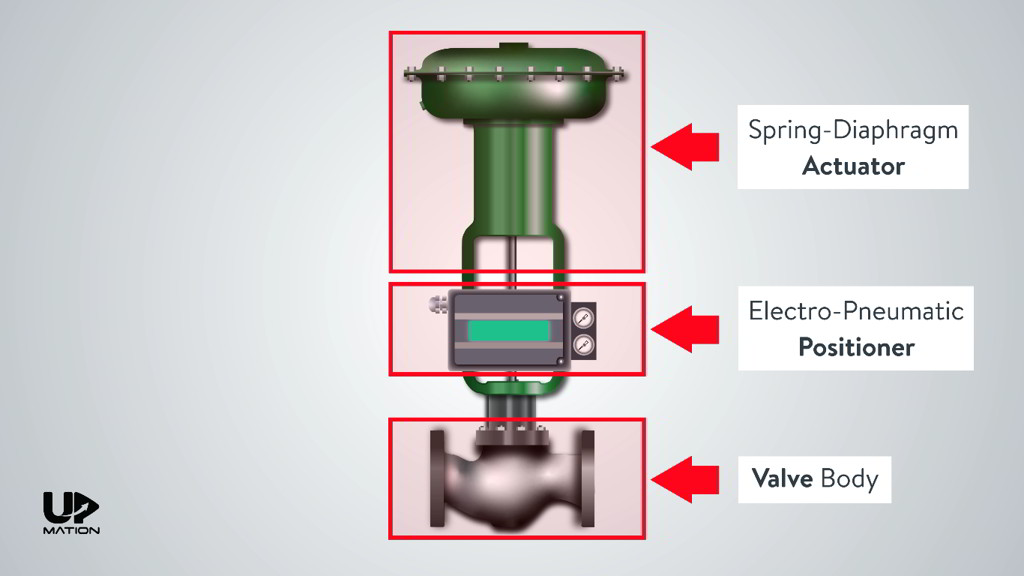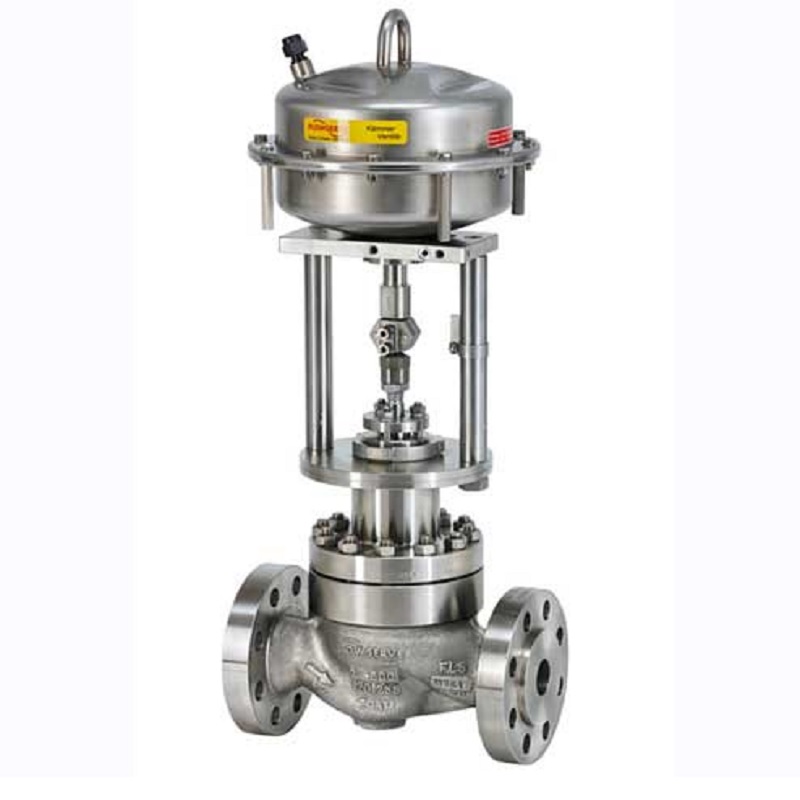Selecting the Right Control Valves: An Overview to Optimum System Efficiency

Maximize Power Cost Savings and Convenience With Advanced Structure Automation Controls
In the realm of contemporary architecture and facility monitoring, the combination of advanced structure automation manages stands as a pivotal innovation. By taking advantage of the power of automation, structures can adapt, react, and advance in methods that were once unbelievable.
Energy Performance Conveniences
Energy effectiveness advantages can considerably minimize power consumption and operational expenses in buildings. By carrying out energy-efficient techniques and modern technologies, building owners and operators can accomplish considerable financial savings while likewise adding to ecological sustainability. One of the main benefits of boosting power efficiency in buildings is the reduction of utility bills. Energy-efficient systems, such as sophisticated structure automation controls, can maximize using resources like lights, cooling, and home heating, resulting in reduced energy costs with time.
Additionally, boosted power performance can prolong the life-span of structure tools and systems. By operating much more efficiently, a/c systems, lighting fixture, and other structure parts experience less deterioration, leading to minimized upkeep and substitute expenses. Furthermore, energy-efficient buildings frequently command greater building worths and rental prices, giving lasting financial benefits to owners.
Moreover, energy efficiency can boost resident convenience and efficiency. Correctly managed indoor settings with ideal lighting and thermal problems create an even more conducive and positive work area, leading to improved worker satisfaction and performance. Generally, the power efficiency benefits connected with advanced building automation controls are complex, encompassing expense financial savings, environmental stewardship, and occupant health.
Boosted Comfort Control
Enhancing comfort control in structure settings calls for an advanced assimilation of innovative automation systems for optimal passenger wellness. By making use of innovative building automation controls, facilities can customize the interior setting to fulfill the details requirements and preferences of residents. control valves.
By integrating these innovative controls, buildings can not just enhance convenience but likewise boost energy performance by optimizing system operations based on real tenancy and use patterns. Eventually, prioritizing occupant convenience through innovative automation systems leads to a much more pleasurable and much healthier interior environment.
Operational Performance Improvements

In addition, the application of real-time surveillance and analytics devices makes it possible for building operators to identify energy inefficiencies and operational anomalies immediately. By continuously keeping track of power usage patterns and system efficiency metrics, changes can be made in real-time to maximize energy consumption and make sure peak functional performance. control valves. Additionally, integrating need action techniques right into building automation controls can better improve functional effectiveness by dynamically adjusting energy use based on grid conditions and pricing signals
Indoor Climate Optimization
Effective indoor climate optimization is a fundamental element of building automation controls, making sure owners' convenience and health while optimizing power financial savings. By utilizing sophisticated sensors and controls, developing automation systems can continually readjust and monitor temperature, humidity degrees, air quality, and ventilation to create an optimal indoor environment. Preserving comfy and constant problems not just improves owner contentment but likewise enhances performance and total health.
Interior environment optimization likewise plays a critical role in energy efficiency. By fine-tuning heating, ventilation, hop over to these guys and cooling systems based on real-time data and tenancy patterns, developing automation controls can substantially minimize power consumption - control valves. As an example, carrying out methods such as demand-controlled ventilation and thermal zoning can aid reduce power waste while making sure that each area of the structure receives the essential conditioning.

Sustainable Atmosphere Development
Structure automation regulates not just maximize interior environment conditions for energy effectiveness and owner convenience but also lay the structure for developing a lasting environment with critical management of resources and systems. By incorporating innovative building automation modern technologies, such as sensing units, actuators, and smart software, facilities can keep track of and readjust power usage in real-time to lessen waste and lower their carbon impact. These systems allow predictive maintenance, identifying potential concerns before they escalate and enhancing equipment efficiency to improve long life and effectiveness.
Moreover, lasting environment production extends past energy monitoring to include water preservation, waste decrease, and indoor informative post air high quality improvement. Structure automation controls can control water usage, spot leaks, and make certain appropriate waste disposal methods, adding to general sustainability efforts. Furthermore, by keeping track of and regulating air flow and purification systems, these technologies improve owner health and efficiency while lowering power consumption related to cooling and heating operations.
Verdict
In conclusion, advanced building automation regulates deal significant advantages in regards to energy cost savings, convenience control, operational effectiveness, interior environment optimization, and creating a sustainable environment. By carrying out these controls, buildings can accomplish optimum performance while minimizing power consumption and enhancing passenger convenience. It appears that making use of innovative automation technology is important in boosting building performance and creating a much more lasting future.
Power effectiveness benefits can considerably lower energy consumption and functional prices in buildings. Generally, the power effectiveness advantages connected with sophisticated structure automation controls are multifaceted, including cost savings, environmental stewardship, and resident well-being.
Furthermore, incorporating need feedback methods into structure automation controls can additionally improve operational performance by dynamically changing power use based on grid conditions and rates signals.
Structure automation controls not just enhance indoor climate problems for energy effectiveness and occupant convenience but likewise lay the foundation for developing a lasting environment via calculated management of sources and systems.In verdict, advanced structure automation manages deal significant site benefits in terms of power cost savings, comfort control, operational effectiveness, interior climate optimization, and developing a sustainable atmosphere.